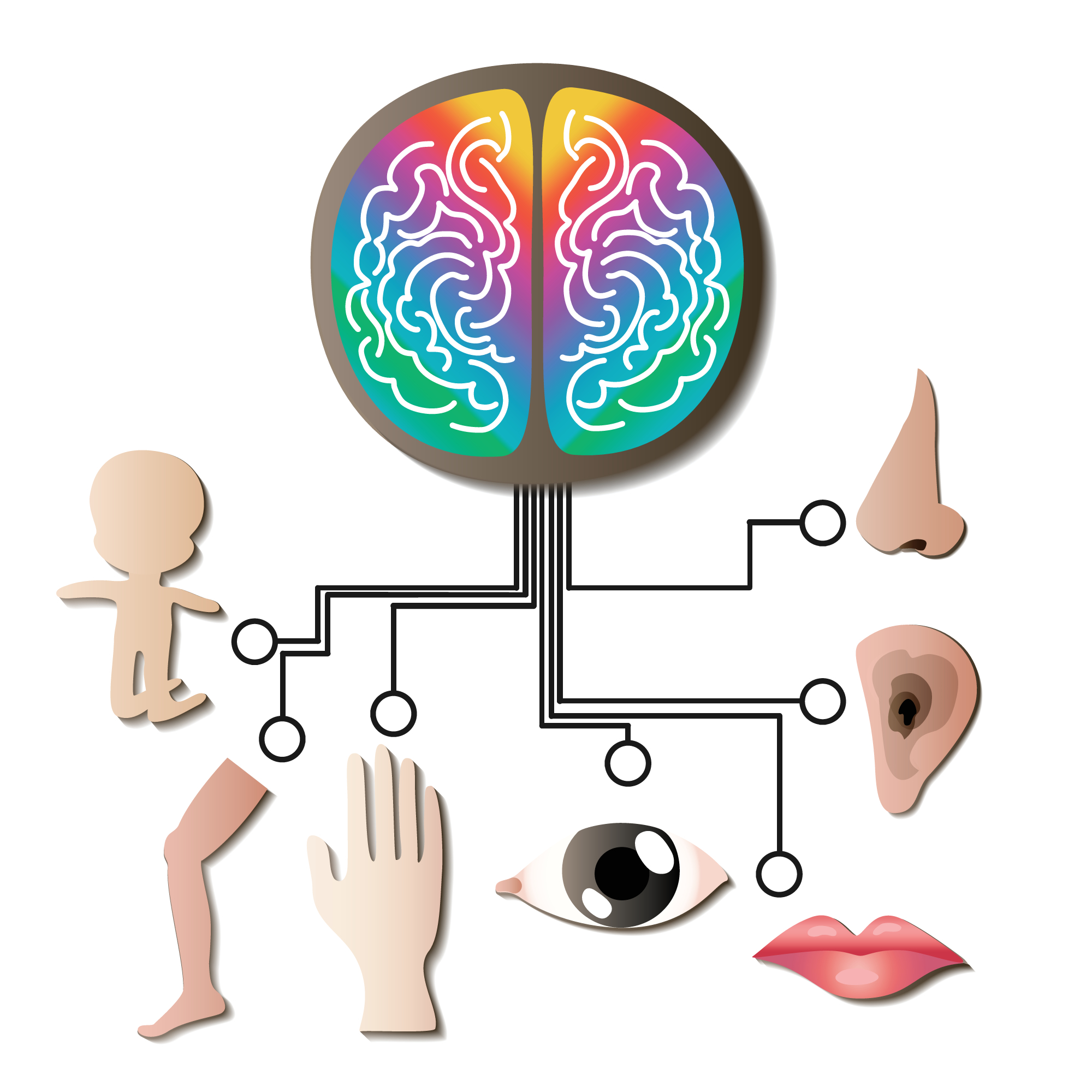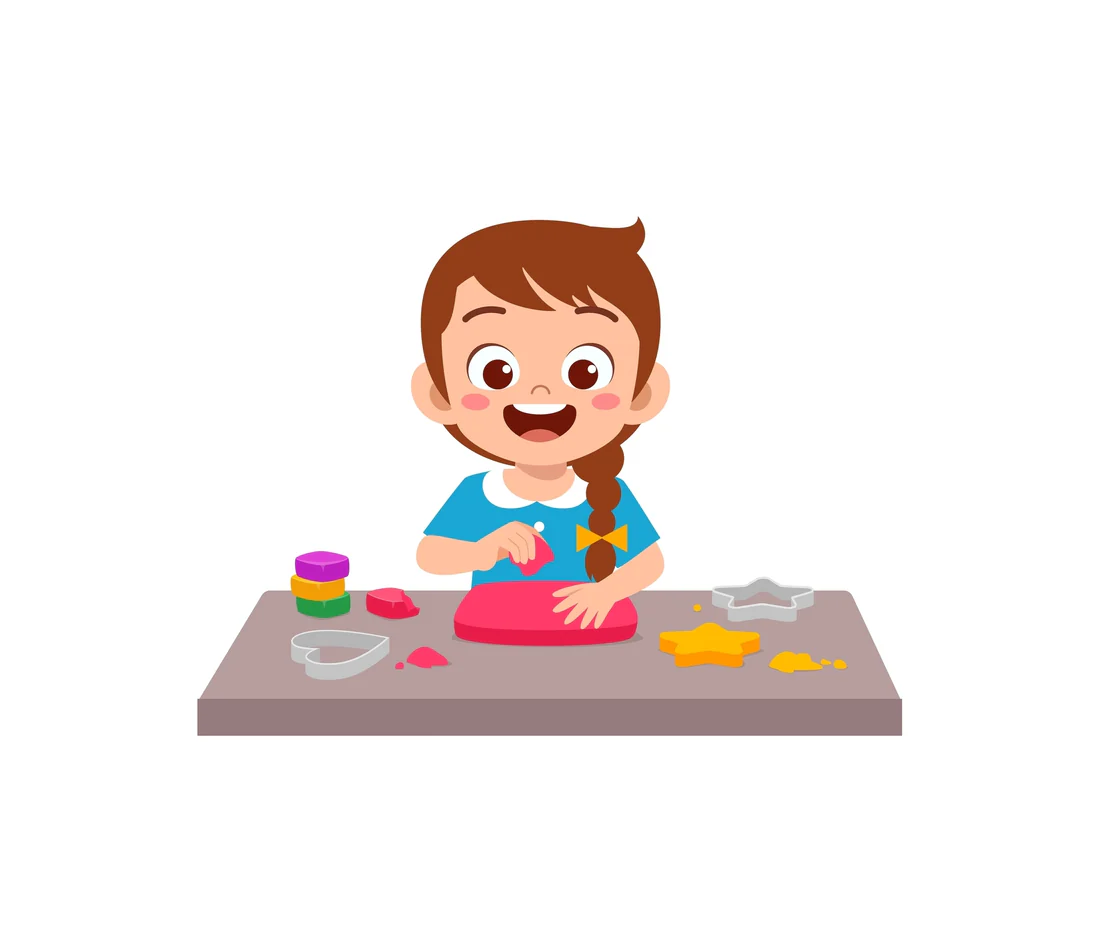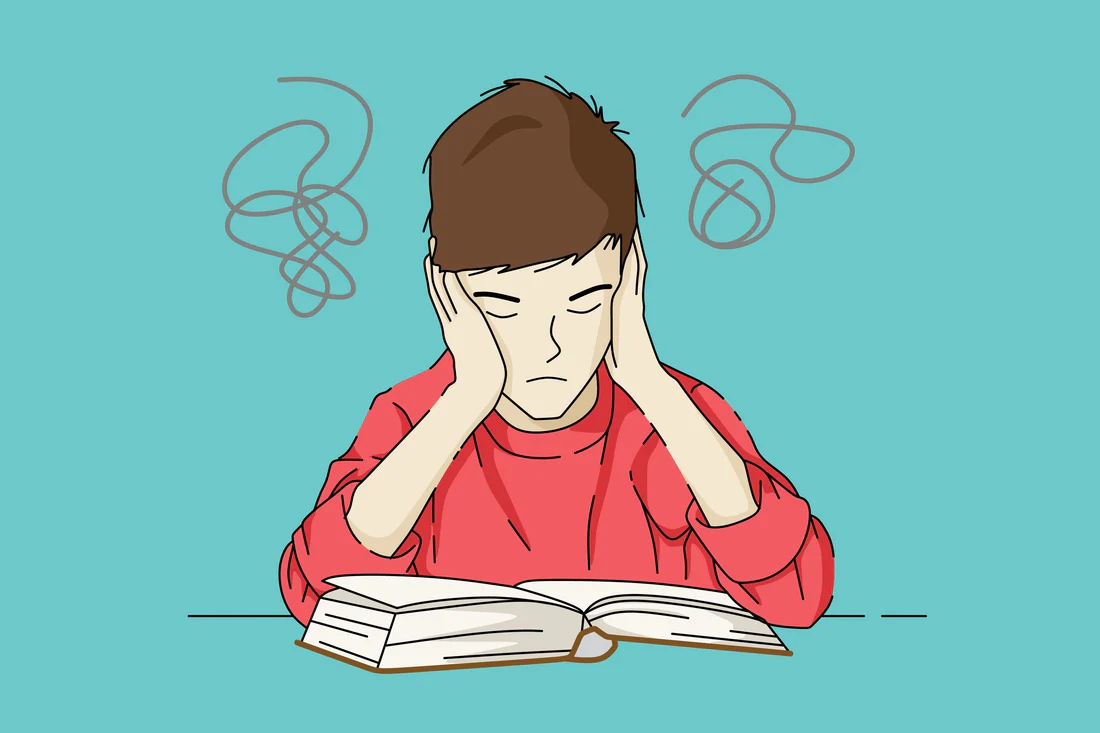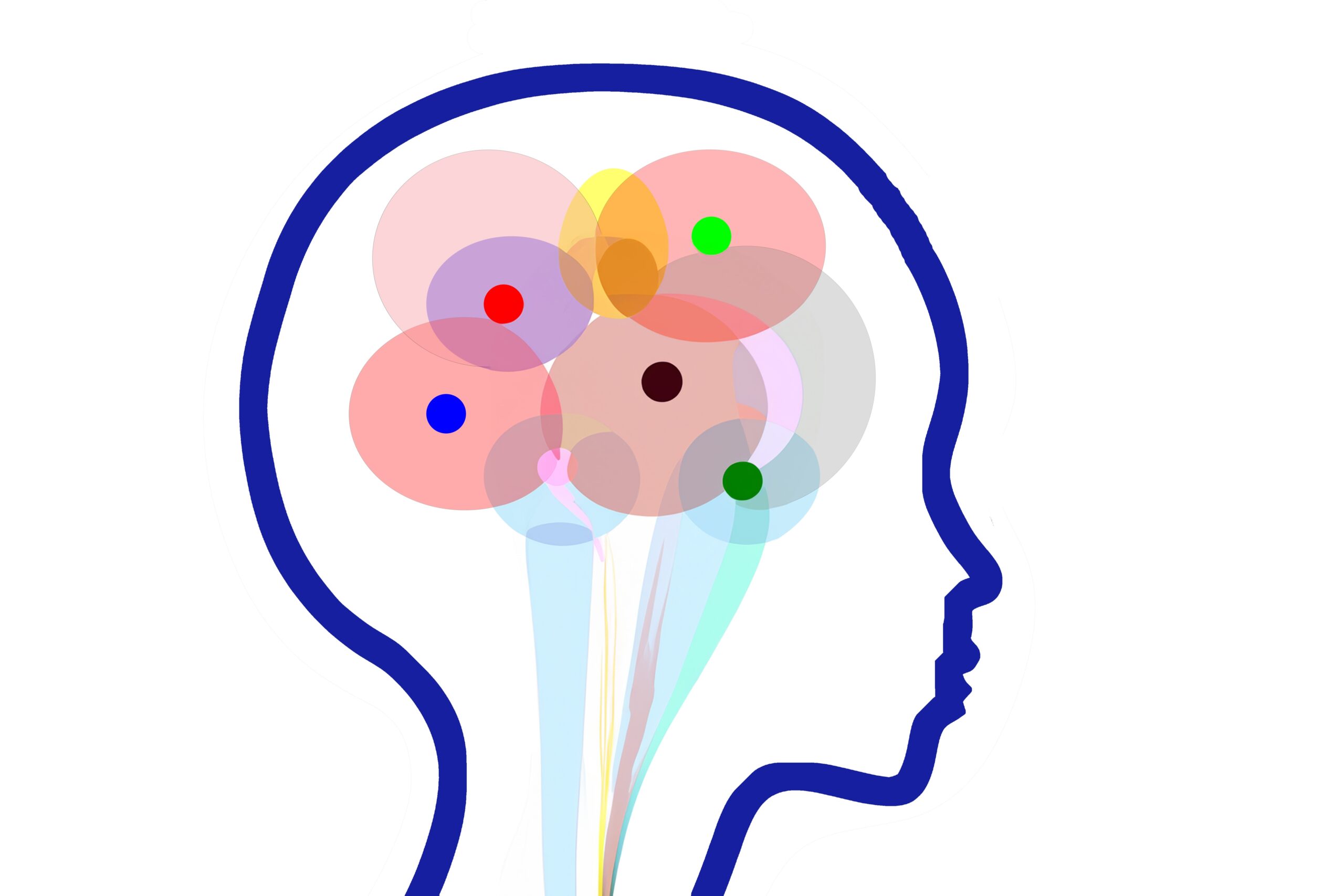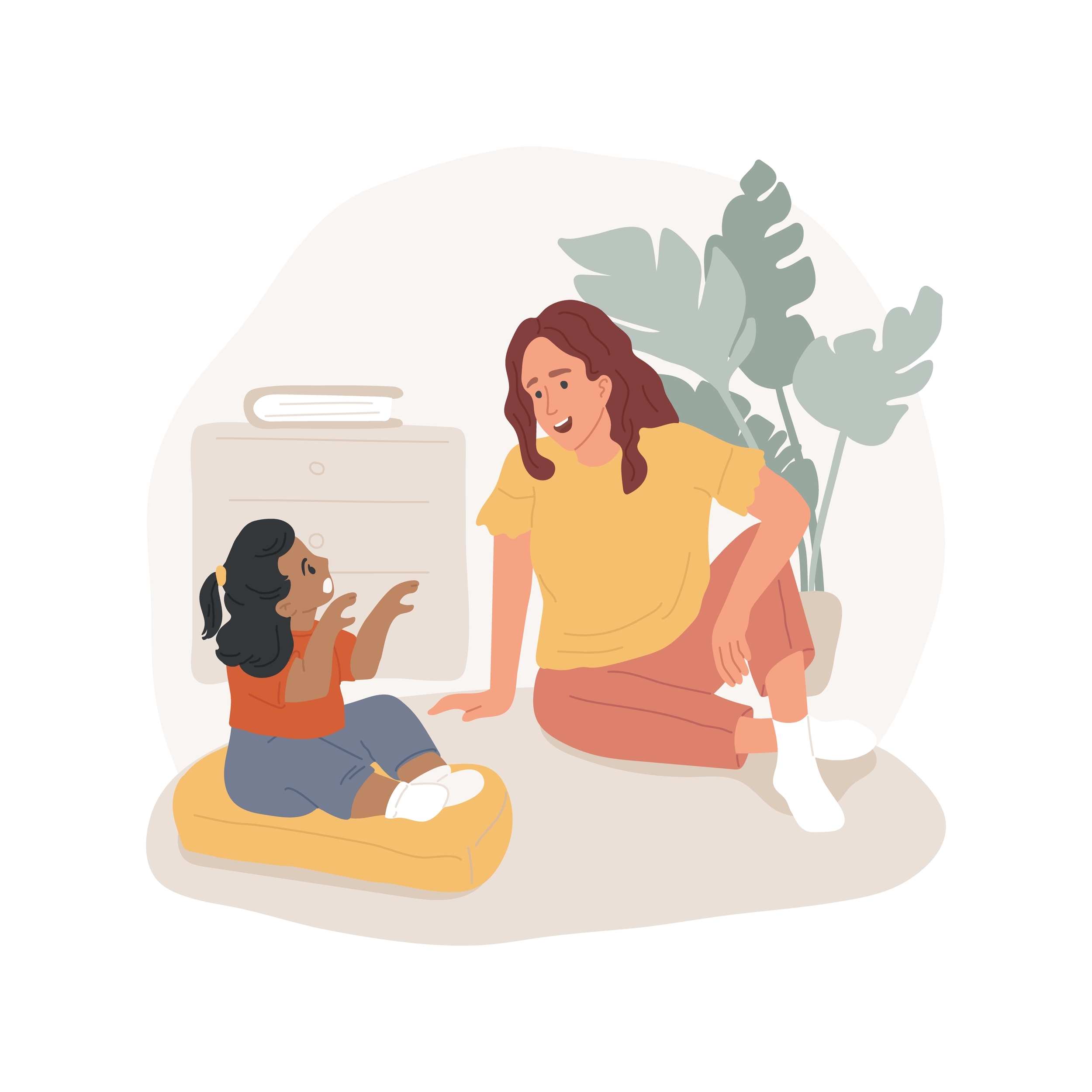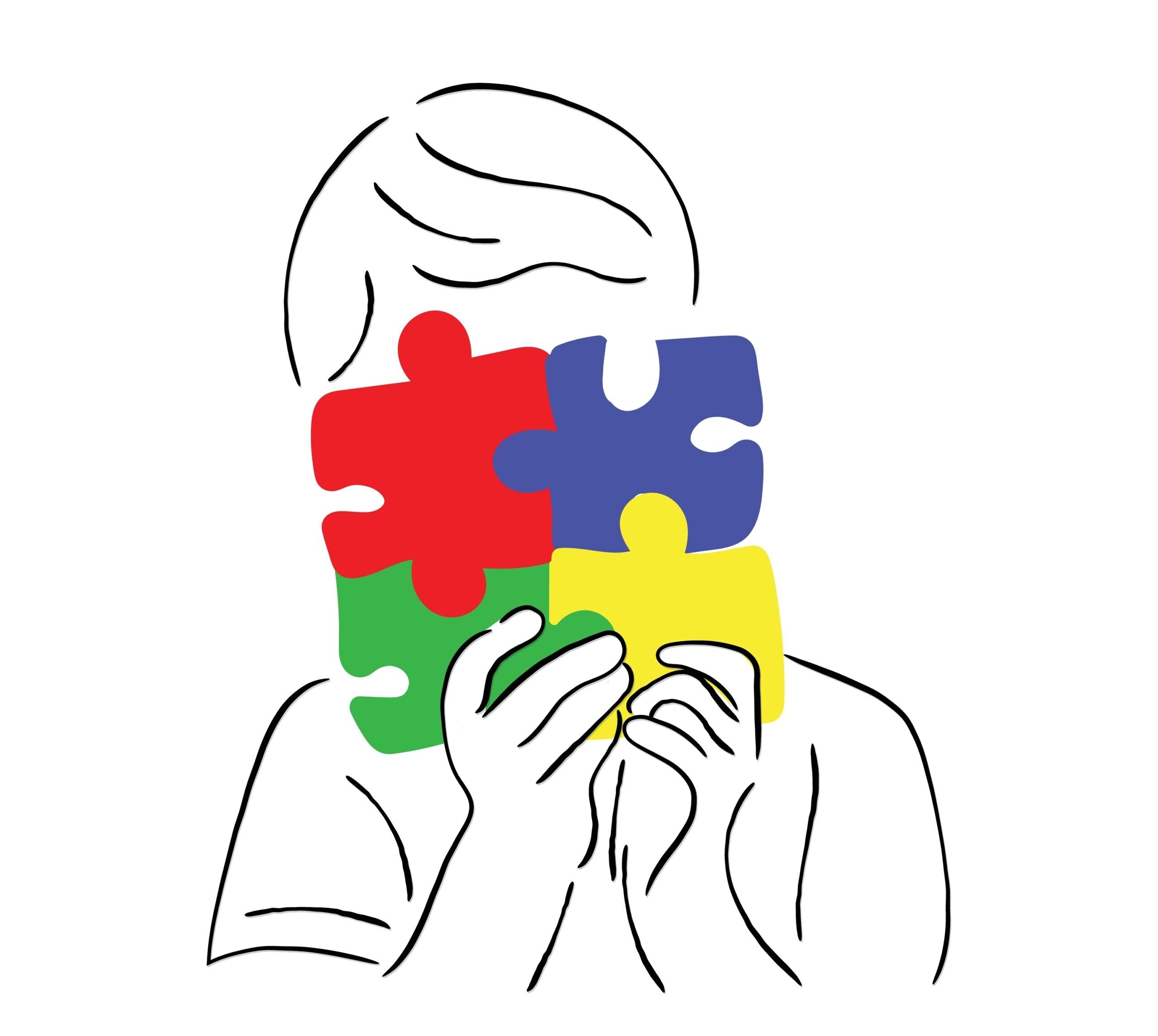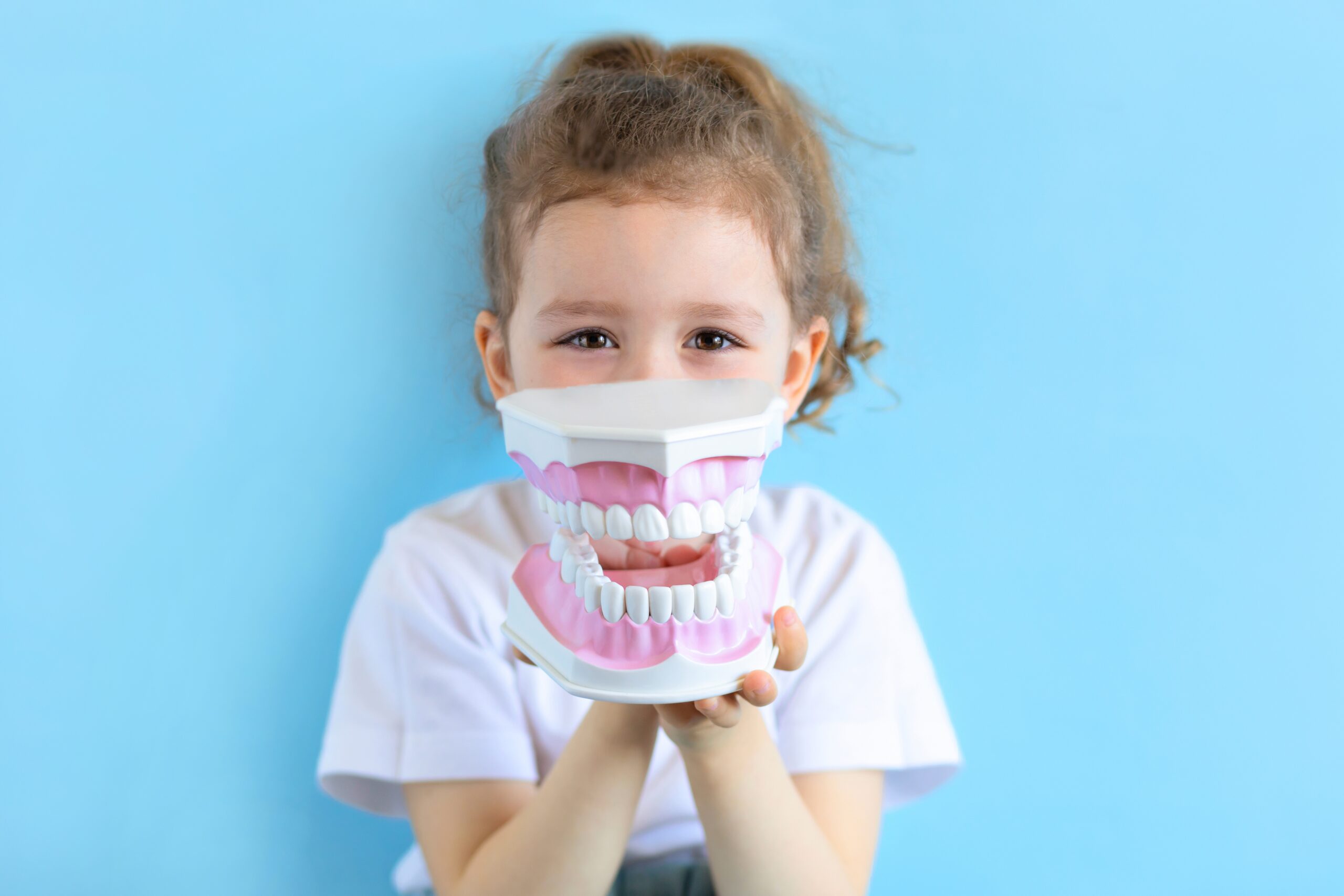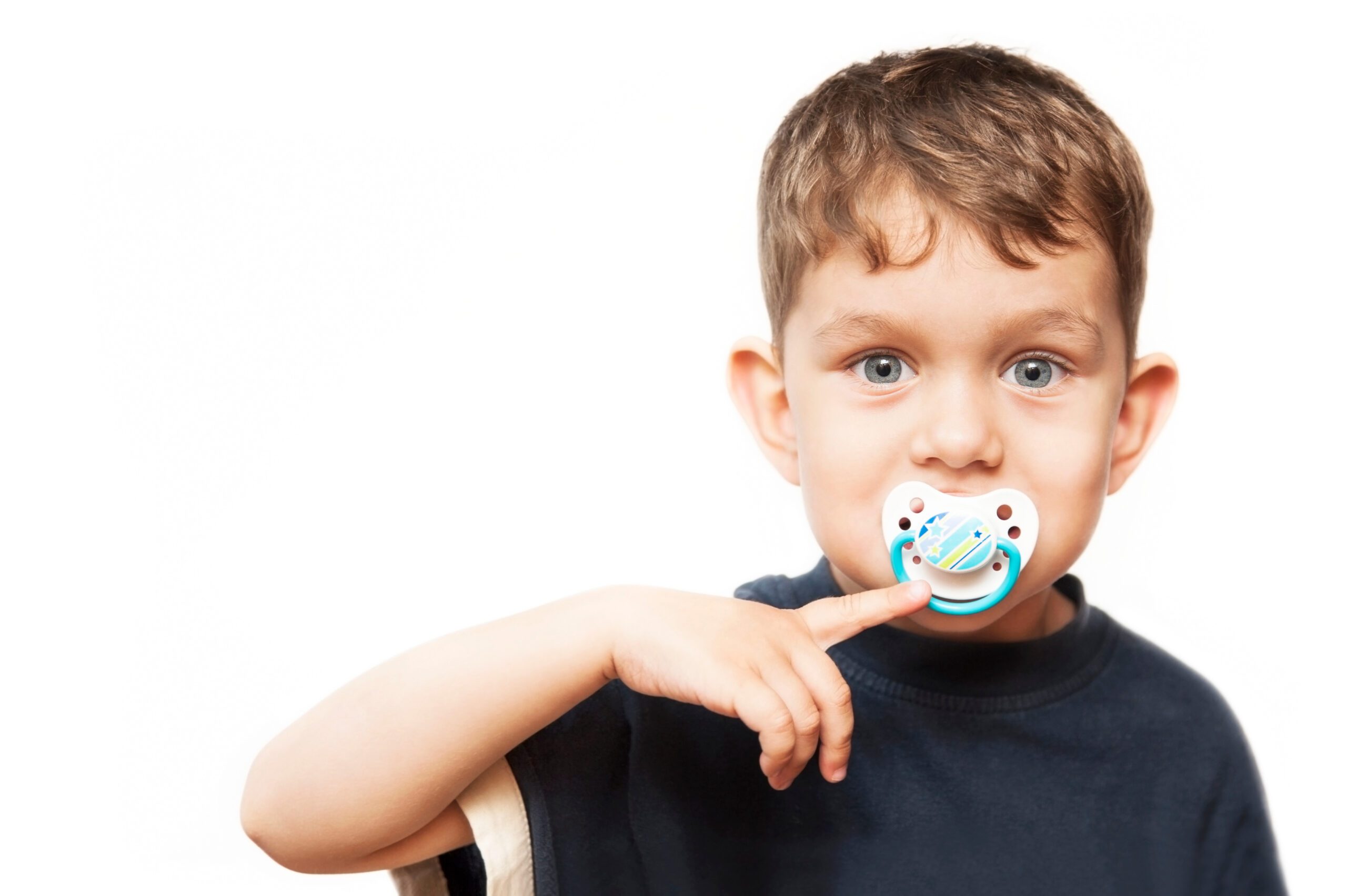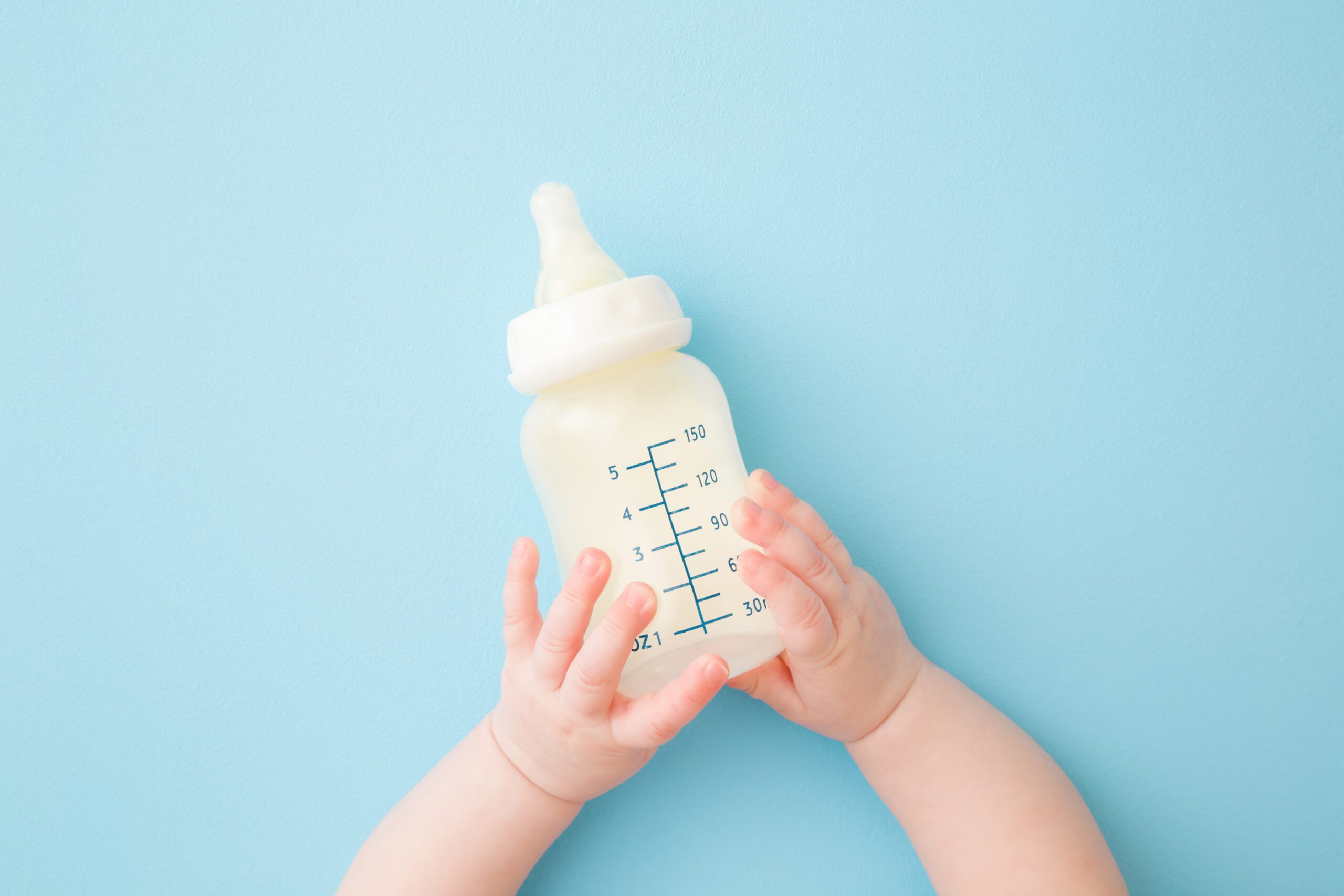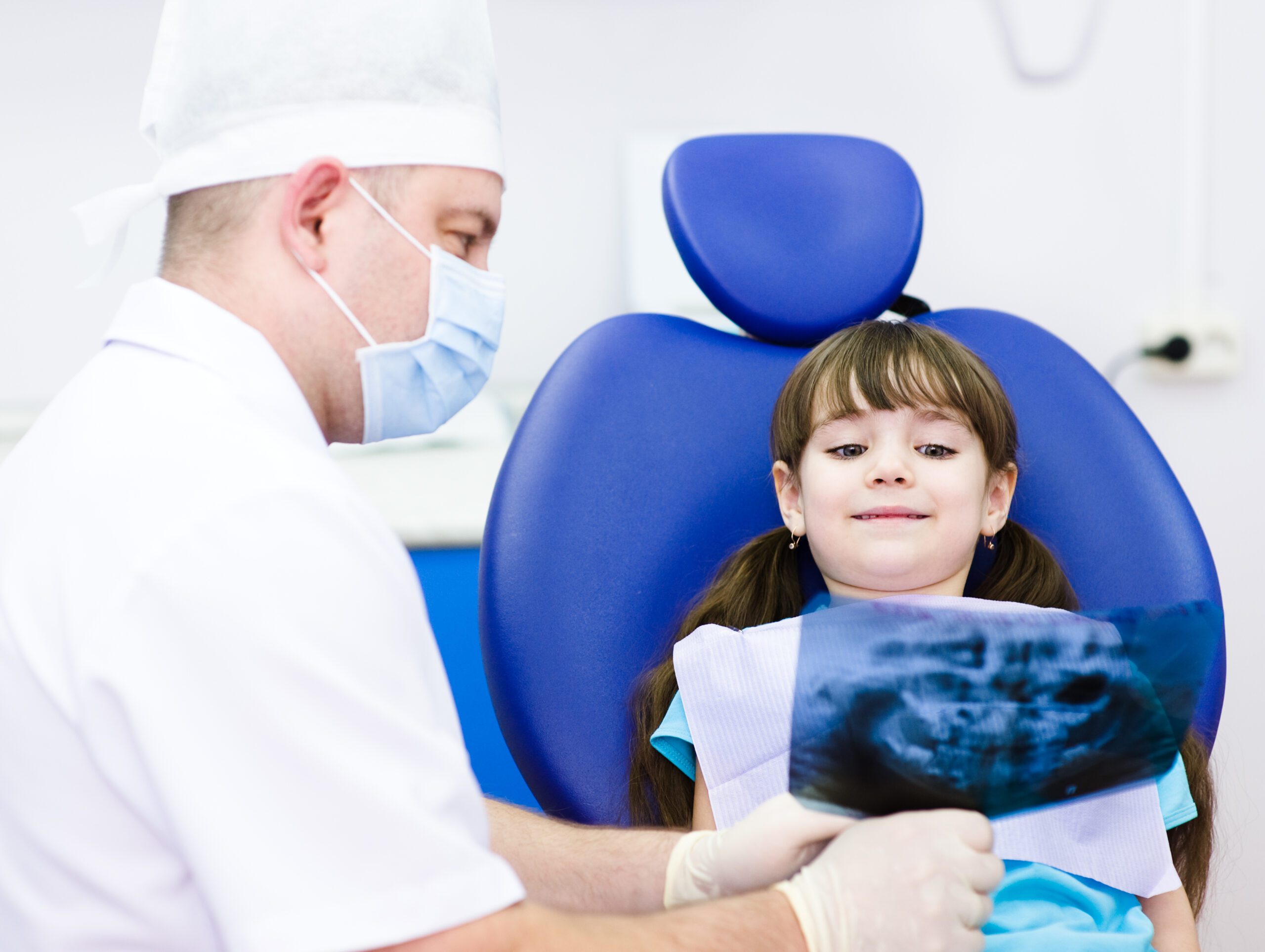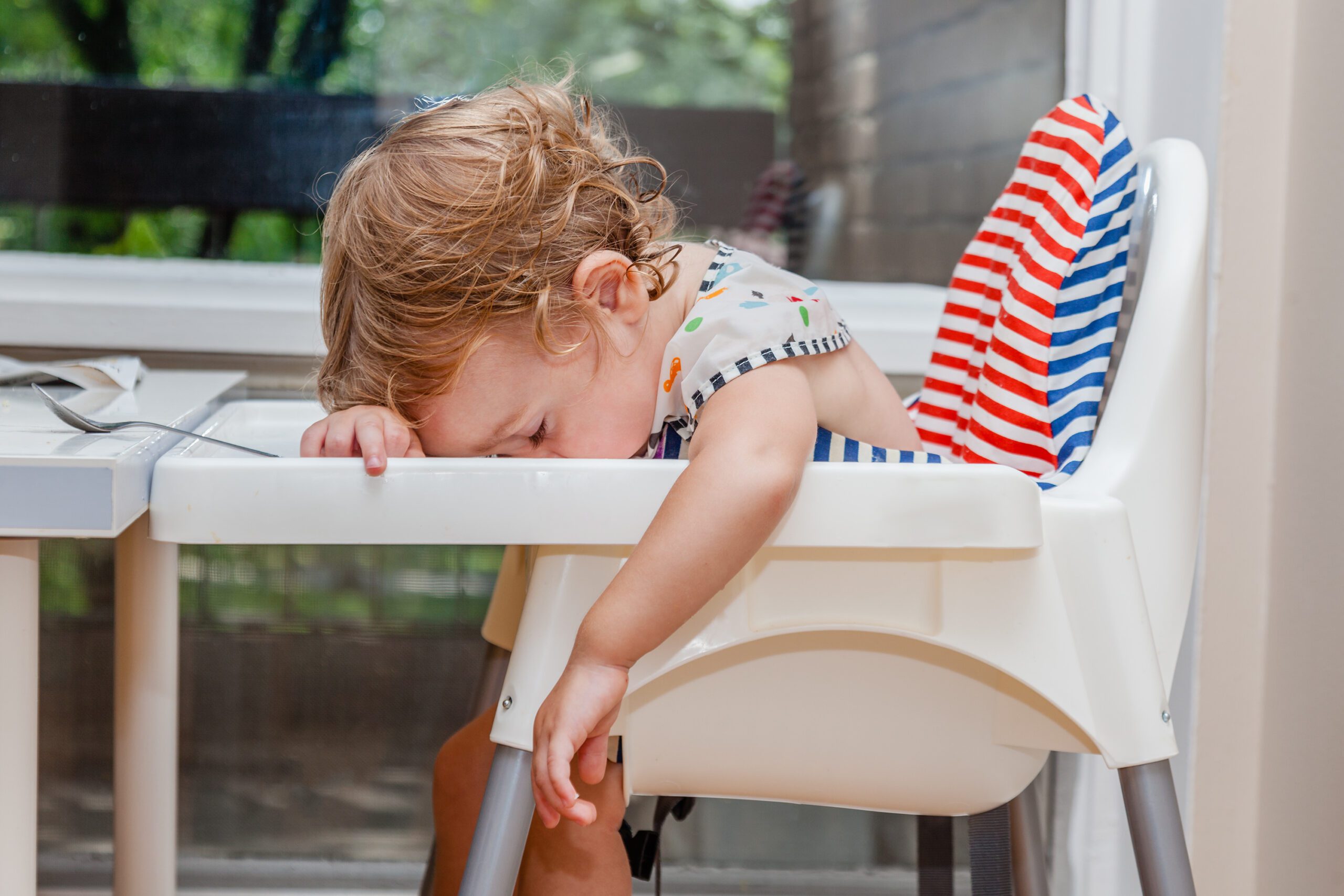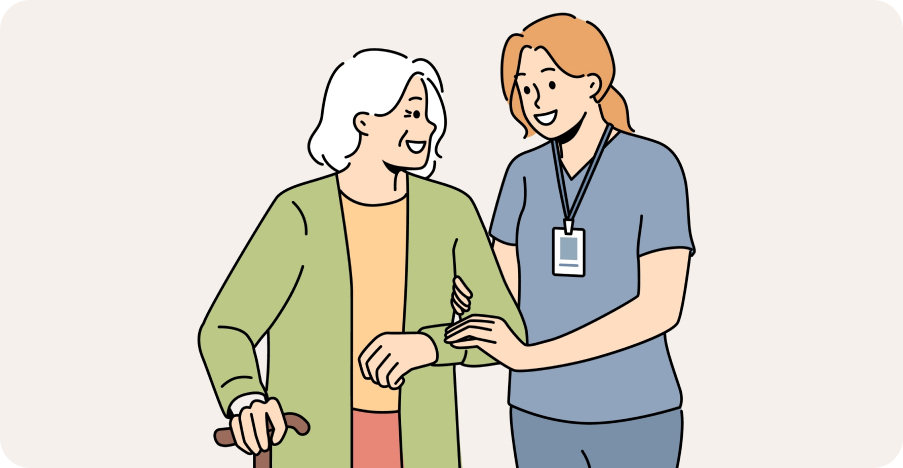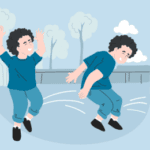Physical Therapy for Children & Toddlers with DrSensory Featured Physical Therapists
Physical therapy for children and toddlers focuses on promoting motor skills and physical development through tailored exercises and activities, ensuring they achieve their developmental milestones in a safe and supportive environment.
What Is Pediatric Physical Therapy and How Is It Different from Adult PT?
Pediatric physical therapy focuses on helping infants, toddlers, and children improve strength, coordination, balance, and motor skills. Unlike adult PT, it uses play-based, age-appropriate techniques that promote development in a fun and engaging environment. DrSensory makes it easy to find pediatric physical therapists near you.

Typical Milestones in Physical Child Development
Physical development in children occurs in stages, with each stage marked by specific milestones that reflect their growing abilities. Recognizing milestones helps caregivers and professionals identify any potential delays in development, ensuring timely intervention and support when needed.
Newborn - 1 Year
0-3 Months
The initial months of life are marked by significant growth and developmental milestones that set the foundation for future motor skills. In the first month, newborns primarily exhibit reflexive movements; they can grasp objects placed in their hands and respond to stimuli with startle reflexes. By two months, many infants begin to gain better head control, lifting their heads briefly while lying on their stomachs and displaying increased alertness to their surroundings. As they reach three months, they typically can push up onto their forearms, push against the surface beneath them, and may start to explore their environment through visual tracking of objects and faces.
4-6 Months
During the months from four to six, infants continue to demonstrate remarkable growth in their physical skills, laying the groundwork for future motor development. At four months, babies usually gain significant upper body strength and begin to push up onto their elbows while lying on their stomachs. They may also start to reach for and grasp objects, showing improved hand-eye coordination. By five months, most infants can roll over from stomach to back and vice versa, marking a newfound ability to explore their surroundings more dynamically. As they approach six months, many children can sit up with minimal support, exhibiting additional balance and control.
7 – 12 Months
As infants progress from seven to twelve months, they experience significant advancements in their physical development, which are vital for their overall growth. At around seven months, many babies can sit independently without support for extended periods, allowing for more exploration of their environment. By eight months, they typically begin to crawl, using their hands and knees to propel themselves forward, which enhances their spatial awareness and mobility. As they approach nine to ten months, infants often pull themselves up to stand while holding onto furniture and may start cruising along surfaces as they gain confidence in their balance and strength. By eleven months, most children will be able to pick up small objects using a pincer grasp, which involves using the thumb and index finger, demonstrating improved dexterity. As they near their first birthday, many infants take their first independent steps, a crucial milestone that signifies readiness for walking. Throughout this period, it is important for caregivers to observe these developmental milestones, as they help ensure that infants are progressing in a healthy manner and receiving the necessary support to achieve their physical potential.
1 - 2 Years
During the one to two-year stage, children’s physical development accelerates as they become more mobile and agile. At around one year old, many toddlers begin to walk independently, transitioning from cruising to full-fledged walking, which opens up new avenues for exploration and play. Their balance improves, allowing them to walk with confidence and navigate various terrains. By the time they reach 15 months, most children can stand alone and may begin to climb onto furniture or other safe structures, showcasing their growing strength and coordination.
As they approach the age of two, toddlers refine their motor skills even further. They typically can run short distances, kick a ball, and begin to throw objects with more control. During this period, fine motor skills also develop; children are likely able to stack blocks, manipulate toys with buttons or knobs, and start to use utensils during mealtime. Recognizing these milestones is essential for parents and caregivers, as they provide important insights into a child’s physical development and the ongoing support they may need during this active and exploratory phase.
2 - 4 Years
As children progress from two to four years, their physical development continues to flourish, marked by increased agility, strength, and coordination. At around two years old, toddlers typically become more skilled at running and jumping, demonstrating improved balance as they navigate their surroundings. They can start to climb on playground equipment and may exhibit a growing curiosity for physical activities such as dancing and playing games. By three years, children demonstrate refined gross motor skills, such as jumping forward and balancing on one foot for short periods. They also begin to engage in more complex movements, like hopping and skipping.
As they approach four years of age, preschoolers show significant advancements in fine motor skills as well. They can manipulate small objects more effectively, engaging in activities such as drawing, using scissors, and assembling puzzles. Many children can catch and throw a ball more accurately, and their ability to use utensils during meals becomes more proficient. Recognizing these milestones is crucial for parents and caregivers as they provide valuable insights into a child’s development and the types of activities that can further support their growth during this energetic and explorative stage of life.
What Do I Do If My Toddler Is Not Meeting Their Physical Child Development Milestones?
If you notice that your toddler is not meeting their physical development milestones, the first step is to stay calm and observant. Each child develops at their own pace, and various factors can influence this process. Begin by keeping a record of your observations, noting specific skills your child is struggling with, as well as any other signs that may be concerning. It may also be helpful to engage with other parents or caregivers to gain perspective on your child’s development compared to peers.
Next, consider consulting with your pediatrician or a child development specialist. They can conduct a thorough assessment and may provide recommendations or resources tailored to your child’s needs. Early intervention is key; if any developmental delays are identified, support services such as physical therapy, occupational therapy, or play therapy may be recommended to help your child build the necessary skills. Finally, ensure that your toddler has ample opportunities for active play and exploration, as this can encourage development through fun, engaging activities.
By understanding these foundational milestones, parents can effectively track their child’s developmental journey and discern when it may be necessary to seek further assessment or intervention.
How to Know if Your Toddler Needs Pediatric Physical Therapy
Delayed Milestone Achievement
If your toddler is significantly lagging behind in reaching key physical development milestones, such as walking independently, running, or jumping, pediatric physical therapy can help identify underlying issues and provide targeted interventions to support their growth.
Difficulty with Coordination and Balance
Children who struggle with coordination or exhibit poor balance may benefit from physical therapy. Engaging in tailored exercises can enhance their motor skills, improve proprioception, and foster confidence in their physical abilities, enabling them to participate more fully in play and daily activities.
Injury Recovery or Prevention
If your toddler has sustained an injury or shows signs of discomfort while engaging in physical activities, pediatric physical therapy can aid in their recovery. Therapists can develop a rehabilitation plan that focuses on strength building, flexibility, and proper movement patterns to prevent future injuries and promote overall physical health.
When Should a Child Start Physical Therapy?

How Does A Physical Therapist Evaluate A Toddler?
Evaluating a toddler involves a comprehensive approach that combines observation, interaction, and standardized assessment tools.

-

-

-

What Conditions Does a Pediatric Physical Therapist Treat?
Developmental Delays
Slow to reach milestones like sitting, crawling, or walking
Generalized low muscle tone (hypotonia) or poor postural control
Cerebral Palsy
Spasticity, motor coordination challenges, and mobility limitations
PT focuses on functional movement, stretching, and gait training
Torticollis
Tight neck muscles causing head tilt in infants
Treated with gentle stretches, positioning, and caregiver education
Plagiocephaly (Flat Head Syndrome)
Skull flattening from prolonged positioning
Addressed with repositioning strategies and supervised tummy time
Spina Bifida
Support for mobility, balance, and use of assistive devices
PT improves functional independence and prevents contractures
Down Syndrome
Delayed motor development and low muscle tone
Therapy emphasizes strength, coordination, and walking skills
Muscular Dystrophy
Progressive muscle weakness and loss of mobility
PT maintains strength and promotes energy-efficient movement
Genetic or Neurological Disorders
Rett syndrome, Angelman syndrome, and others affecting movement
Focus on maintaining range of motion and improving functional mobility
Premature Birth Complications
Delayed motor development, low tone, or hypertonia
Early therapy helps babies catch up on milestones
Toe Walking
Common in toddlers and children with sensory or motor issues
PT addresses muscle tightness, balance, and walking patterns
Balance and Coordination Disorders (Dyspraxia)
Clumsiness, frequent falls, and motor planning difficulty
Therapy includes core strengthening and sensory-motor integration
Autism Spectrum Disorder (ASD)
Motor delays, coordination issues, or hypotonia
PT helps build physical skills to support daily function and play
Orthopedic Injuries or Conditions
Fractures, post-surgical rehab, or sports-related injuries
Pediatric-focused recovery programs restore strength and mobility
Juvenile Arthritis
Joint stiffness, pain, and reduced mobility
PT improves range of motion and manages inflammation
Clubfoot and Other Congenital Limb Differences
Support with stretching, strengthening, and gait training
Often provided alongside orthotic or surgical intervention
Pediatric physical therapists are essential in supporting children with neuromuscular, developmental, orthopedic, and genetic conditions. With DrSensory, families can easily connect with therapists who specialize in these areas—ensuring children receive the personalized care they need to thrive.
What Are the Signs My Toddler May Need Physical Therapy?
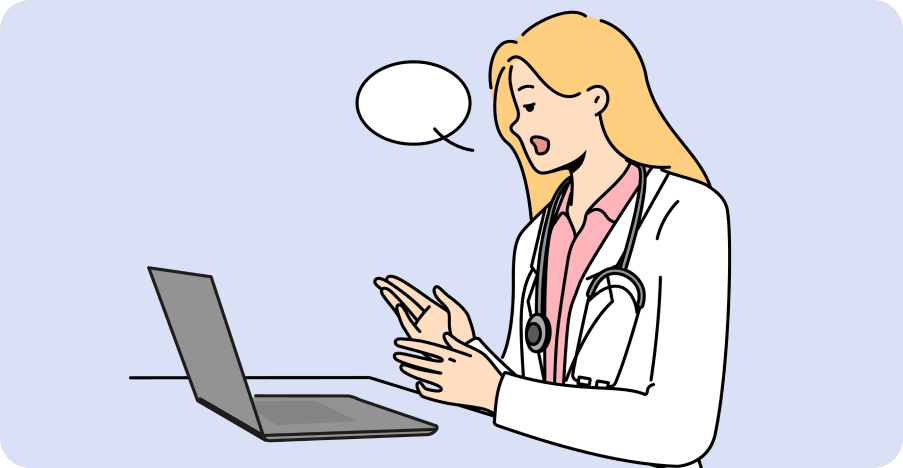
Be Seen. Get Booked. Grow Your Therapy Practice with DrSensory.
Join the only directory built exclusively for Physical, Occupational, and Speech Therapists. Boost your visibility, attract more patients looking for your care, and showcase your expertise with a searchable, SEO-optimized profile that works for you 24/7. Perfect for private practitioners, new grads, and clinic-based therapists.




































